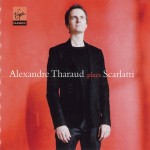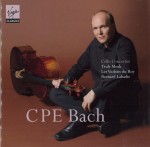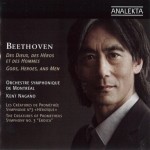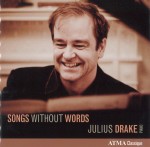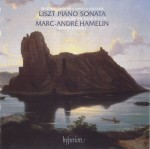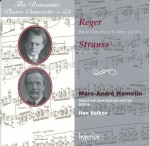Telemann - The Recorder Collection - Clas Pehrsson; Dan Laurin
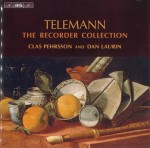 Telemann - The Recorder Collection
Telemann - The Recorder Collection
Clas Pehrsson; Dan Laurin
BIS BIS-CD-1488/90
This six-disc boxed set offers a thorough collection of Telemann’s “solo” recorder music: the fantasias, sonatas and miscellaneous pieces with basso continuo, duets, and solo and double concertos. The players are Dan Laurin, an active member in the current recorder soloist circuit; and Clas Pehrsson, who taught at Stockholm’s Royal College of Music from 1965 until 2009 and was one of several players who helped put the recorder on the map in the ‘70s. While some of the material has been newly recorded, most of the contents are reissues of earlier recordings, and herein lies one of this compilation’s unusual virtues – a chance to hear two different players, at different phases of their musical lives, and to compare two somewhat different approaches to this fundamental and rich repertoire for the instrument. The solo fantasias were recorded by Laurin in 1994, and his other solo contributions are the two lovely Neue Sonatinen recorded in 2008 – it’s very interesting to hear what has changed in his playing over 14 years. Pehrsson’s contributions, which include some bravura takes on the solo sonatas, range in recording date from 1974 to 1987.
It’s thought provoking to hear the different takes on ornamentation in slow movements, use of vibrato, articulation styles, and the liberties taken (or not) with what Telemann actually indicated in his own publications. And does one keep a tempo reasonably steady, or move it around? What’s the difference between vivace, allegro, and presto, and even between various allegros? Though this is possibly more recorder music than some would ever want to hear, it’s some of the best Baroque repertoire available for the instrument, performed by fine players. And these CDs make clear the fact that instrumental taste changes over time… Postmodernism and the recorder? Go figure.


